The emergence of the Creator Economy has spurred a new money-making industry. From making money through the hours an individual puts in through gigs, an individual in the creator economy earns much more per hour, leveraging on their followings & creating the things that they enjoy doing.
The creator economy empowers the follower-creator relationship, where the creator creates and the followers pay for the products or services. This kind of relationship is not ideal, in fact, it is flawed.
Flawed in the sense that rather than allowing the market to dictate the price they are willing to pay, the current landscape forces a fixed pricing.
The ownership economy, also known as tokenomics, changes that.
Instead of letting the supporters passively be involved in a project or people they trust, tokenomics allows them to be actively involved in making an impact with the creator.
Instead of purchasing, they invest.
Before That, What Is Tokenomics?
Tokenomics derived from Token + Economics. In simple words, anything in the Web3 space that is empowered by the coins or tokens is tokenomics. However, the token here is not just referencing Bitcoin or Dogecoin, it is in fact inclusive of the NFT.
So, anything that is empowered by a crypto coin, token, or NFT is part of Tokenomics.
How Tokenomics Differs from Fiat Economy?
It all goes back to how the token or fiat derives its value.
The primary relationship of anything out there can be portrayed using the Supply-Demand-Price relationship.
Leveraging the above graph, the relationship of the six factors (price, supply, demand, utility, value, and incentives) can be summarised into a simpler format as shown below.
In the case of Fiat currency, say USD, it is considered the most powerful currency. USD once was backed by gold but it has since moved on to leverage the faith people have in the country’s economy.
In that case, the USD depends on the perception of how powerful the United States is hence it is reflected in the currency valuation. The absurdity that currency valuation is based on such perception is no different than stock market valuation (the likes of Tesla) and even the valuation of crypto tokens.
While it is safe to say that most if not all currencies follow the same metrics as USD currency, however, the same cannot be said for the crypto coins or tokens.
The key differentiators for crypto coins or tokens lie on:
Supply of Crypto Coins or Tokens
Utility of Crypto Coins or Tokens
Incentives for Crypto Coins or Tokens - highly dependant on the supply & utility
Supply of Crypto Coins or Tokens
Unlike Fiat currency, crypto coins or tokens have two types of supply - limited & unlimited.
Limited Supply
Coins or tokens like Bitcoin & NFT are categorized into those with limited supply. Fixed supply may help to maintain the valuation of the coins or tokens (wherein increasing the supply will decrease the valuation), however, the incentives to use the coin/token may be lesser as the token becomes more valuable.
Unlimited Supply
Coins or tokens with unlimited supply function the same as the fiat currency in which the government can choose to print more money when it decides that the economy would benefit from it. Coins or tokens with unlimited supply are Eth and Dogecoin, to name a few.
Utility of Crypto Coin or Crypto Token
Coins and tokens function differently and are created for different purposes. Although both can be found on crypto exchanges for investing or trading purposes, they are different in the form of utility.
What’s unique with the crypto coin or token is the way it is created differs from one another, hence the utility derived from each coin or token differs.
As illustrated below, some coins are created as standalone coins while other tokens are created to function in tandem with another token.
Stablecoin helps to create stability in the cryptocurrency world that continuously see fluctuation. It is pegged (tied to) a fiat currency, usually USD but collateralized with different assets.
Ownership Economy Dethroning Creator Economy
Going back to the topic of creator economy vs ownership economy.
Creator economy sees the power of advertising and subscription. The advertising model forces followers with ads in return for their attention while the subscription model leverages a flawed system of supply-demand-price where supply is unlimited and the price is fixed
In an ideal model, unlimited supply with a low or fixed price with no huge incentives would create a low demand.
Tokenomics allow the ideal supply-demand-price model to function, giving the ownership back to the buyer, hence the term “ownership economy”.
But Really, How Does It Works?
While not all projects are getting closer to putting forth implementing the perfect & ideal supply-demand-price model, most are heading in the right direction.
Web 3.0 Social media or Engagement Platform
Instead of feeding ads to the consumer, the consumer takes charge of rewarding good content in the space and at the same time controlling all the contents. This puts the power back into the hand of consumers.
NFT Role in Ownership Economy
1. Fans As Active-Investors
NFT mechanism allows fans to be active investors in supporting their role person in their endeavor.
One example is the blockchain crowdfunding on Mirror.xyz for authors, be it a novel, essay, or even poem, as long as it is creative writing material. Mirror.xyz opens up another possibility for the NFT landscape, beyond just the collectibles market.
Unlike Kickstarter, all the NFT transactions on Mirror.xyz are ingrained onto the blockchain, creating a secure & transparent transaction.
2. Fans as Consumer + Community member
Services is another segment that NFT is able to tap into.
By linking services to NFT, the creator can monetize their services and this allows their rate to follow the market demand, hence if demand is huge, the price will follow suit.
Zeneca_33, a prominent investor in the NFT space, noticed that more and more people are asking him for advice for their Web3 projects. As the requests became too much, he had to reject most of them. While thinking about how to use his knowledge to help more people but at the same time putting a value to it, he thought of creating an NFT for his mentorship service & this resulted in his creation of ZenAcademy 333 NFT.
3. Fans as Supporters + Community Members
Collectible NFT has made it easier for fans to support a project, be it a role model that they look up to or to be part of a community.
Getting your hand on these collectibles is great but understanding that is different IP rights to each collection is important.
4. Fans as Creator
Interestingly, fans can play a bigger role than just supporting their creator on the sideline.
The NFT landscape has changed & strives toward providing the NFT holder with the rights to develop a brand with it. Say you hold BAYC #6184, you can develop the brand with a range of merch, film, or even books with it.
What Andy Nguyen, a food entrepreneur & the holder of BAYC #6184 did was he experiment with what he’s good at - creating a restaurant with his beloved ape as the theme of the restaurant. What turns out to be a 90-days pop-up experiment has now become a permanent restaurant.
The Bored & Hungry restaurant runs differently compared to the usual restaurants, entailing different perks for other BAYC holders & advocating the use of crypto tokens within the restaurant.
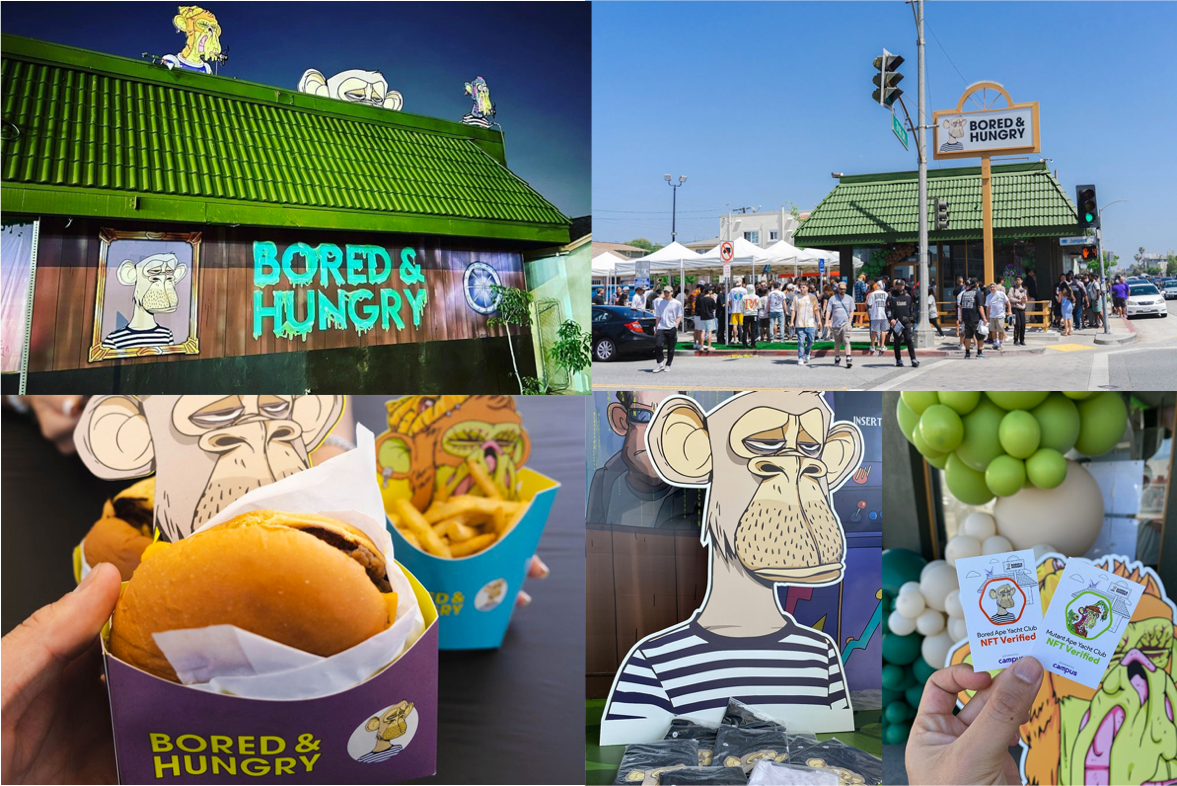
What about Other Sectors?
Similarly, sectors like finance, gaming, or even how a company works have been redefined.
Finance is no longer just a transaction with banks, rather the power has been given back to consumers to control their own accounts - it’s called DEFI (Decentralised Finance).
Gaming is not about gamers paying to play, rather it is for them to play to earn - it’s called Play-to-Earn or GameFi (Game + Finance).
Decisions within a company are no longer decided by the management, rather it is decided by the community - it’s called DAO (Decentralised Autonomous Organisation).
From Consumer to More Than Just A Consumer
The switch in the fans’ role from just a consumer to more than a consumer role has certainly redefined how the ideal creator economy should work. Perhaps some might question that the fans with the ownership economy would not match the scale we are seeing today on the Web 2.0 platforms - millions vs tens of thousands.
Is that true though? Does it really matter?
“To be a successful creator you don’t need millions. You don’t need millions of dollars or millions of customers, millions of clients or millions of fans. To make a living as a craftsperson, photographer, musician, designer, author, animator, app maker, entrepreneur, or inventor you need only thousands of true fans.” - extract from Kevin Kelly’s essay 1,000 True Fans
It’s sad to see creators who genuinely create great quality content but are at the mercy of followers, and number of likes evaluated by their clients (and some get measly pay in comparison to the works they have put in) in determining the “price tag” of their content. And it’s even sadder to see aspiring creators stop trying just because the barrier has become higher.

It will come a time that inevitably, some exploitation will be at play with people taking advantage of the high price of these NFTs, and resorting to trading them.
But what’s more concerning at this point in time is the barriers to potential supporters especially the lack of understanding of how crypto or NFT works that deters them from jumping onto the bandwagon.
Admittedly, a lot of projects within the crypto space are still in their infancy, as unknowns + risks are still looming huge but with that comes the excitement of being the first to set precedence for what’s coming next.
TLDR
Tokenomics poise huge opportunities for us to reimagine & redefine all that has worked for us previously, the “norms”, to create a better mechanism that works in favor of all parties and at the same time deprioritizing the middlemen (aka tech companies) who have been benefiting from the way Web2 works.
Instead of having these tech platforms as the “main attention”, the shift to community-empowered and community-focused projects will put forth the vision of having supporters take up roles beyond a passive consumer role.
It is still early to say what the ownership economy will look as a whole like but the aforementioned projects as visualized below give a good glimpse of what it will look like.
Disclaimer: I am not affiliated with or sponsored by any of the projects mentioned in this article at the time of writing. This is not financial or investment advice, please do your own research & evaluate your risk appetite before investing.




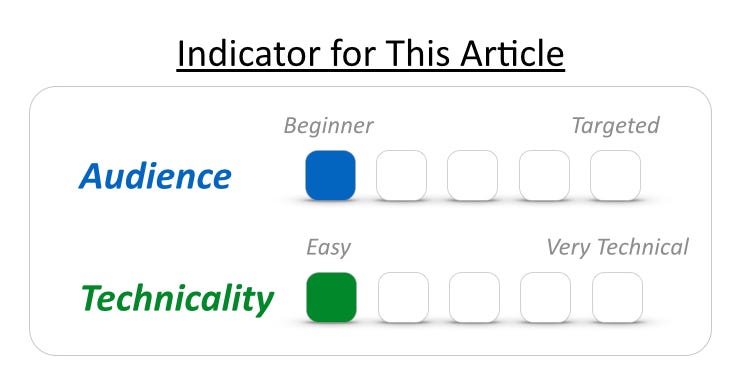
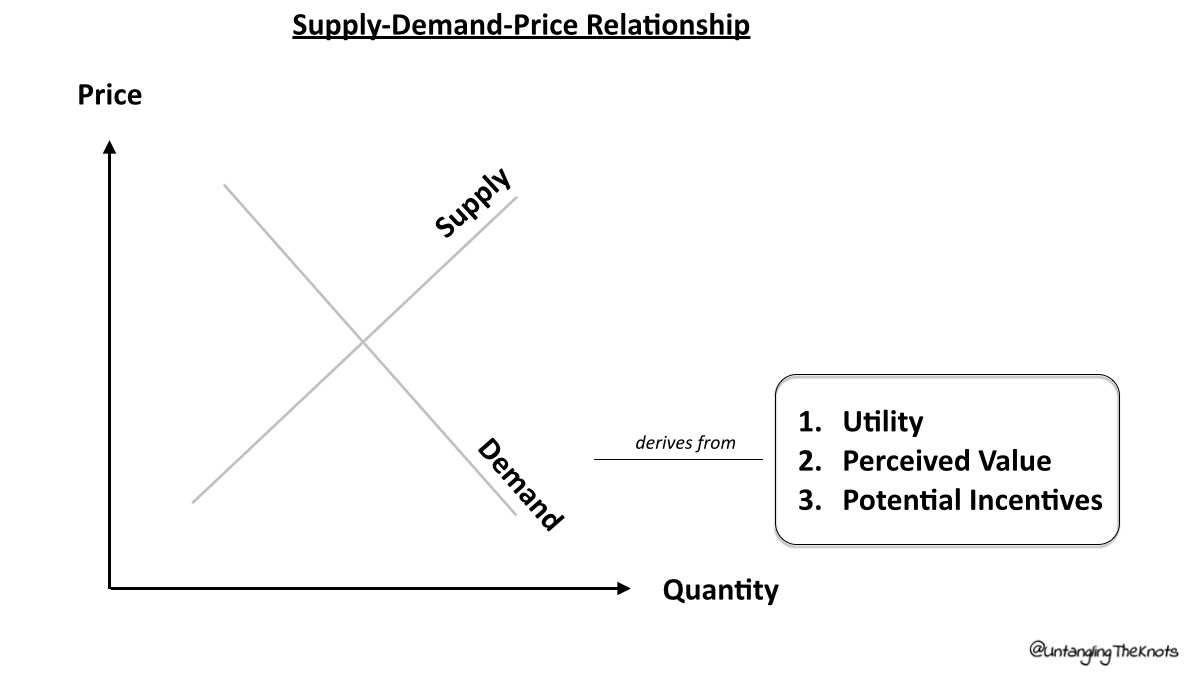
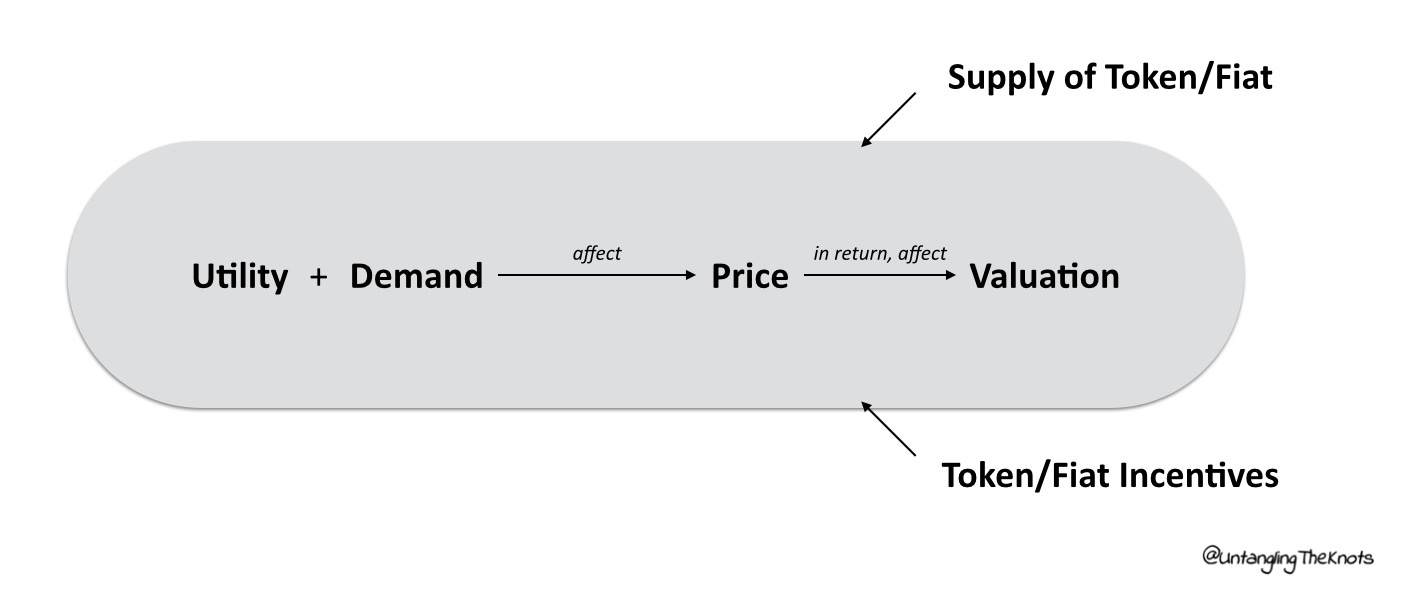
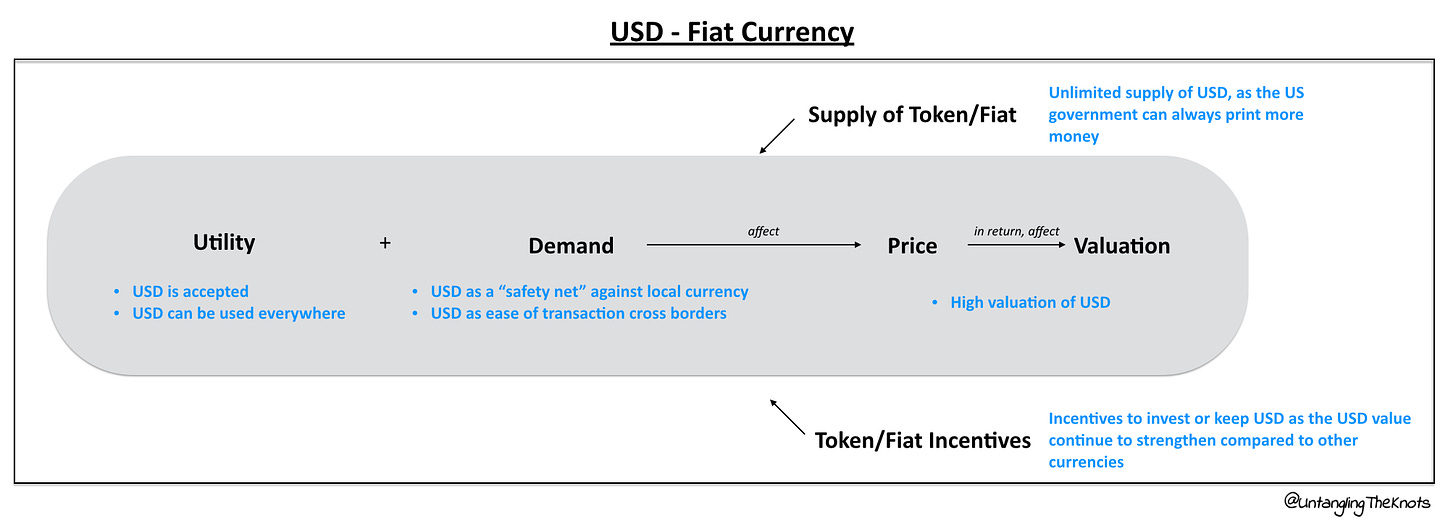
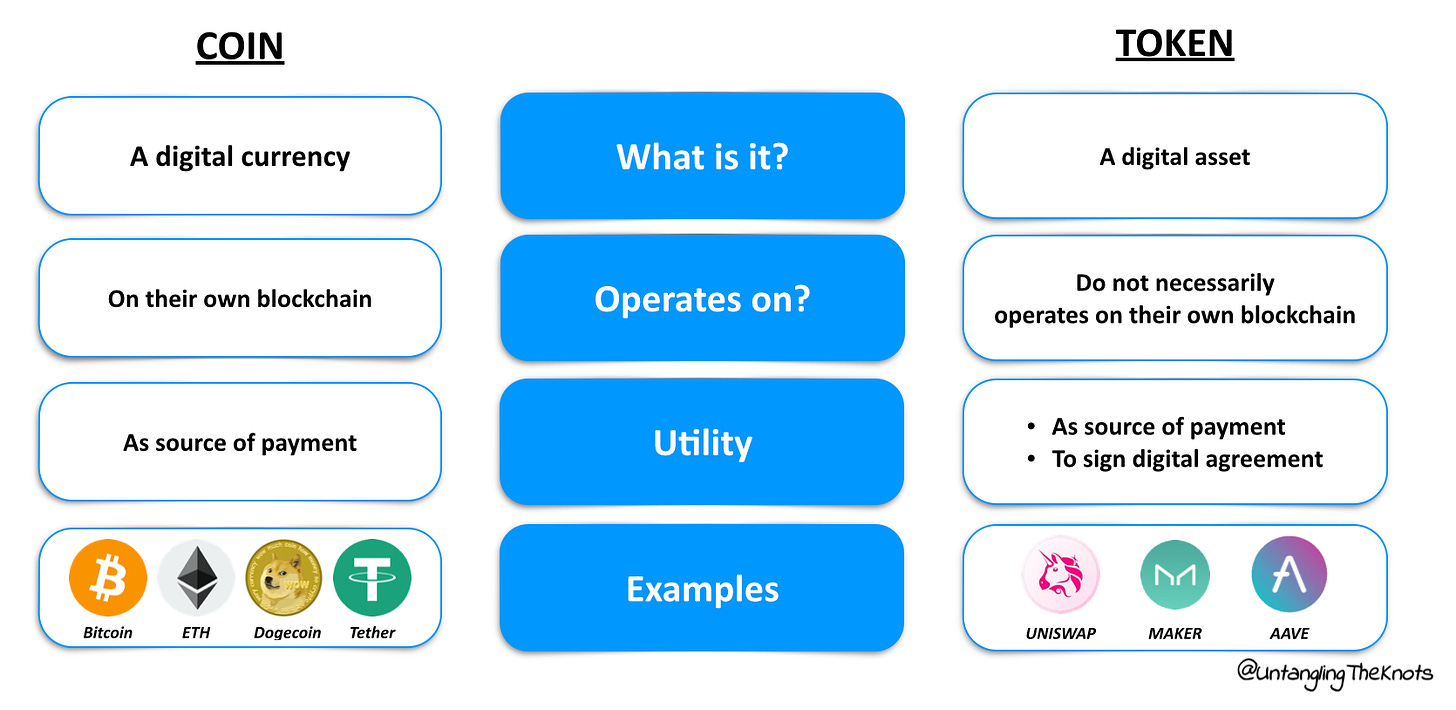
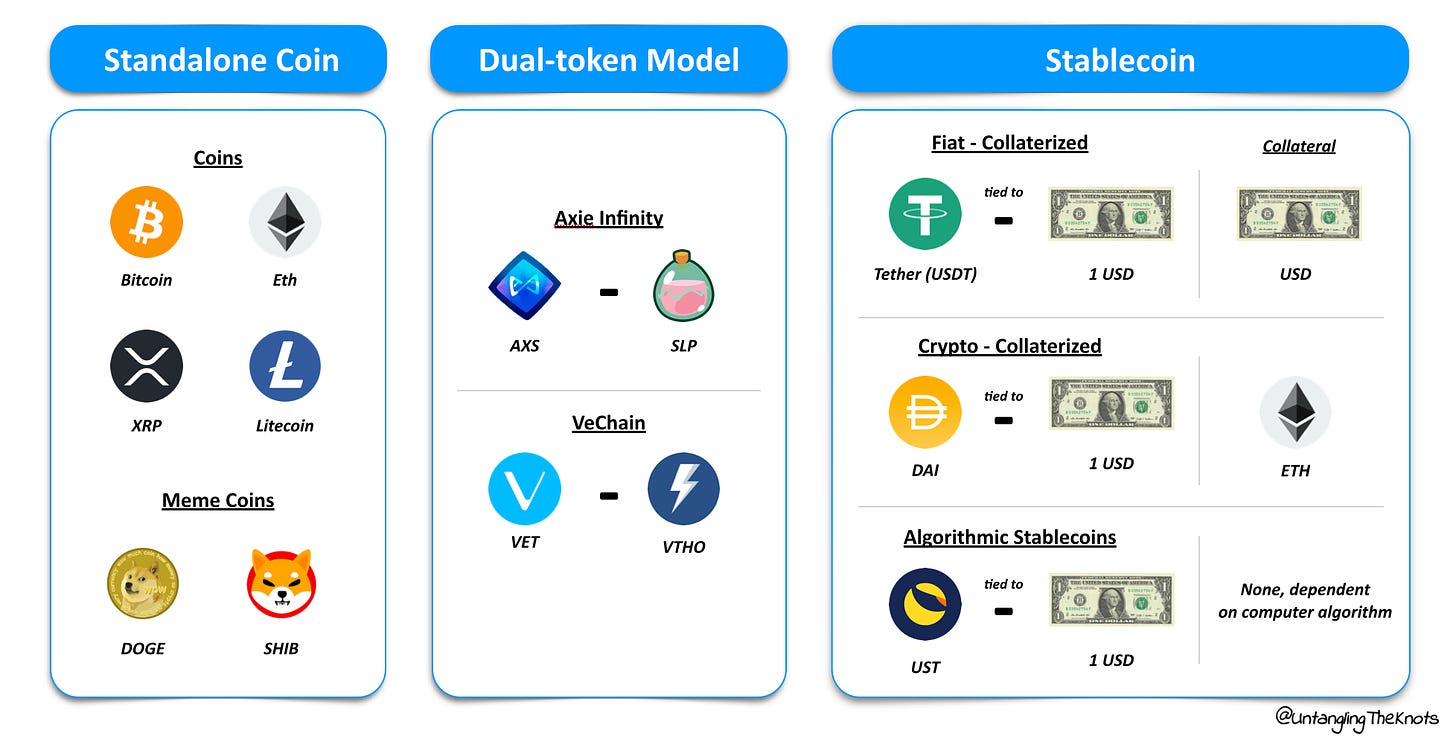

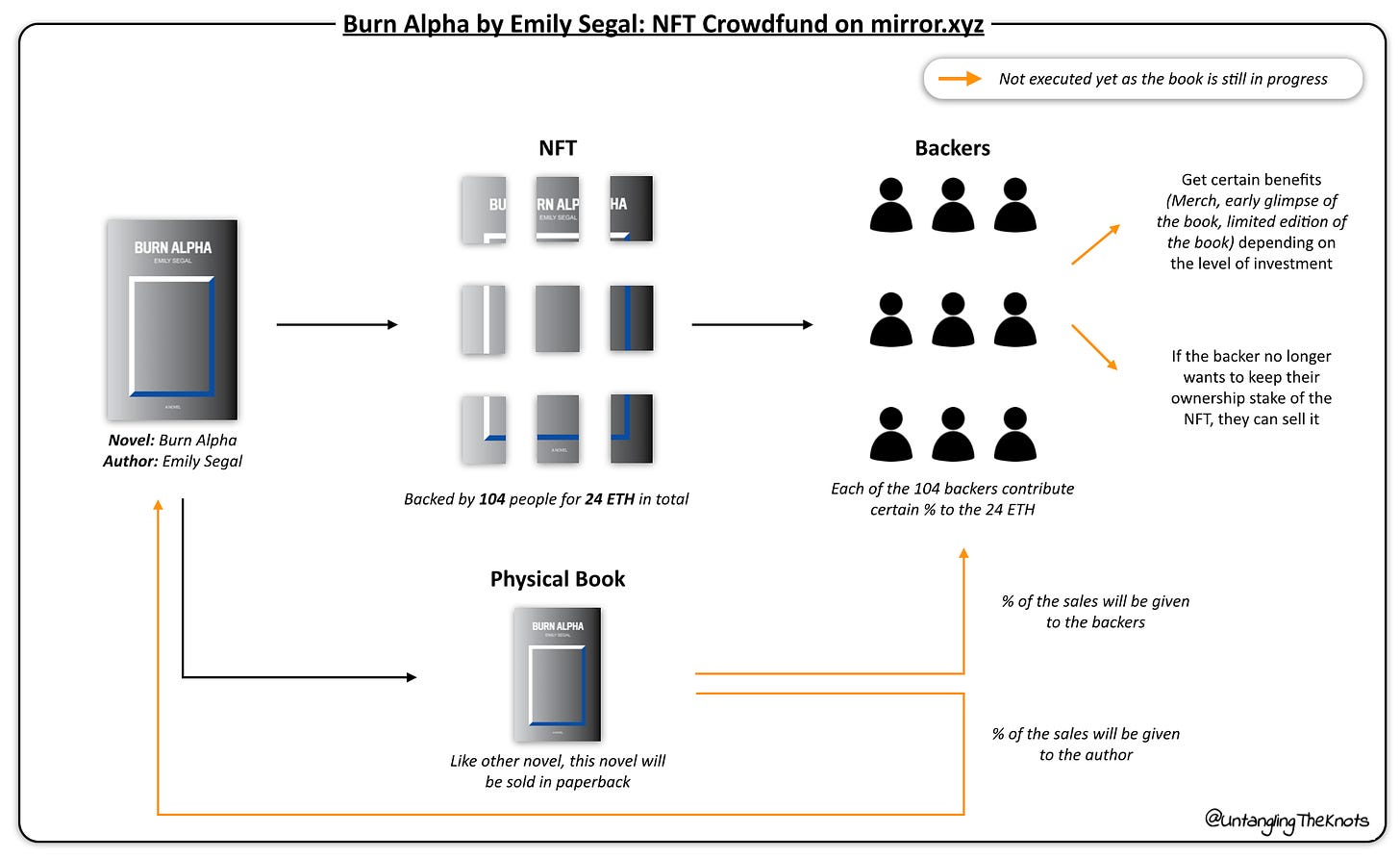
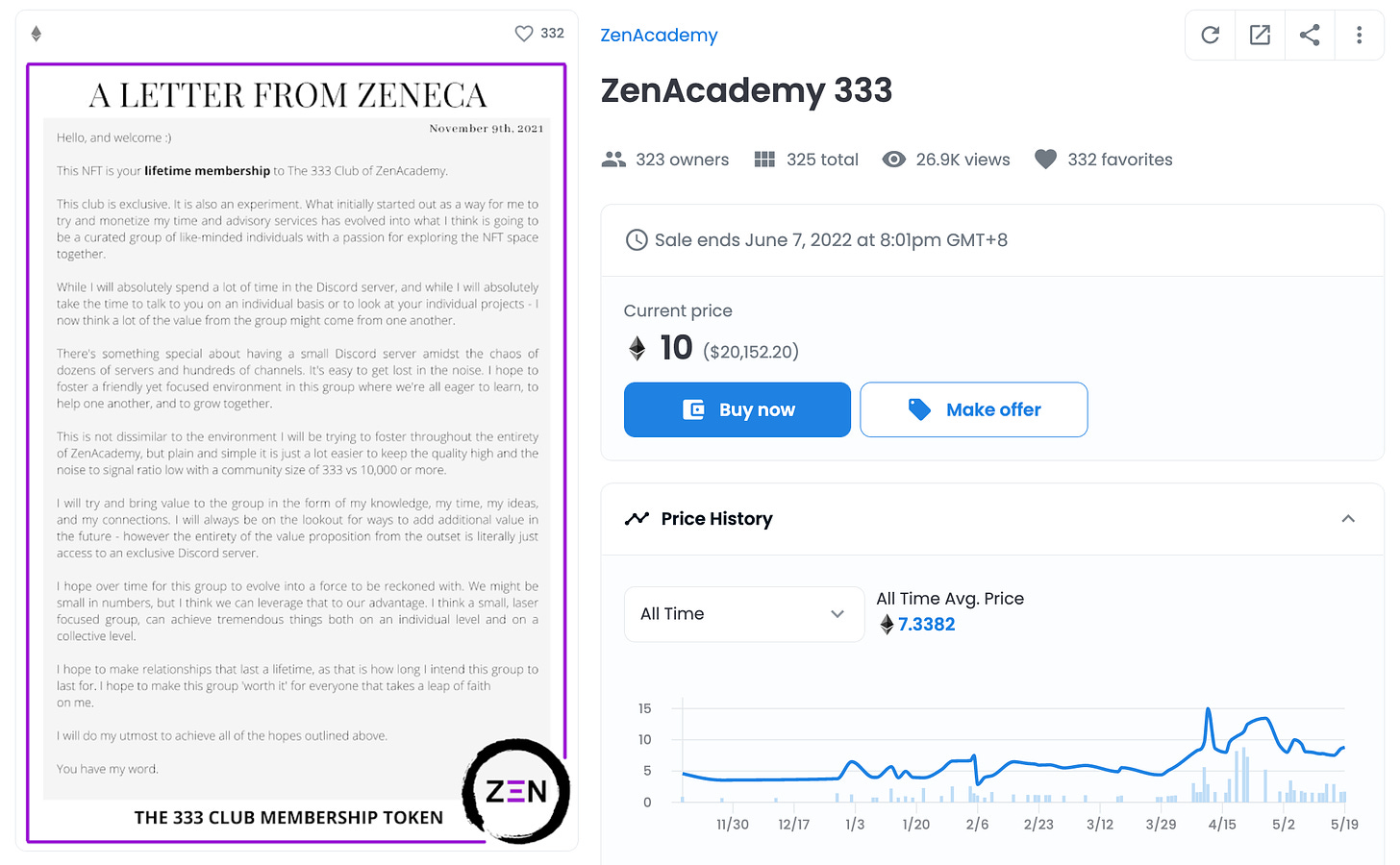
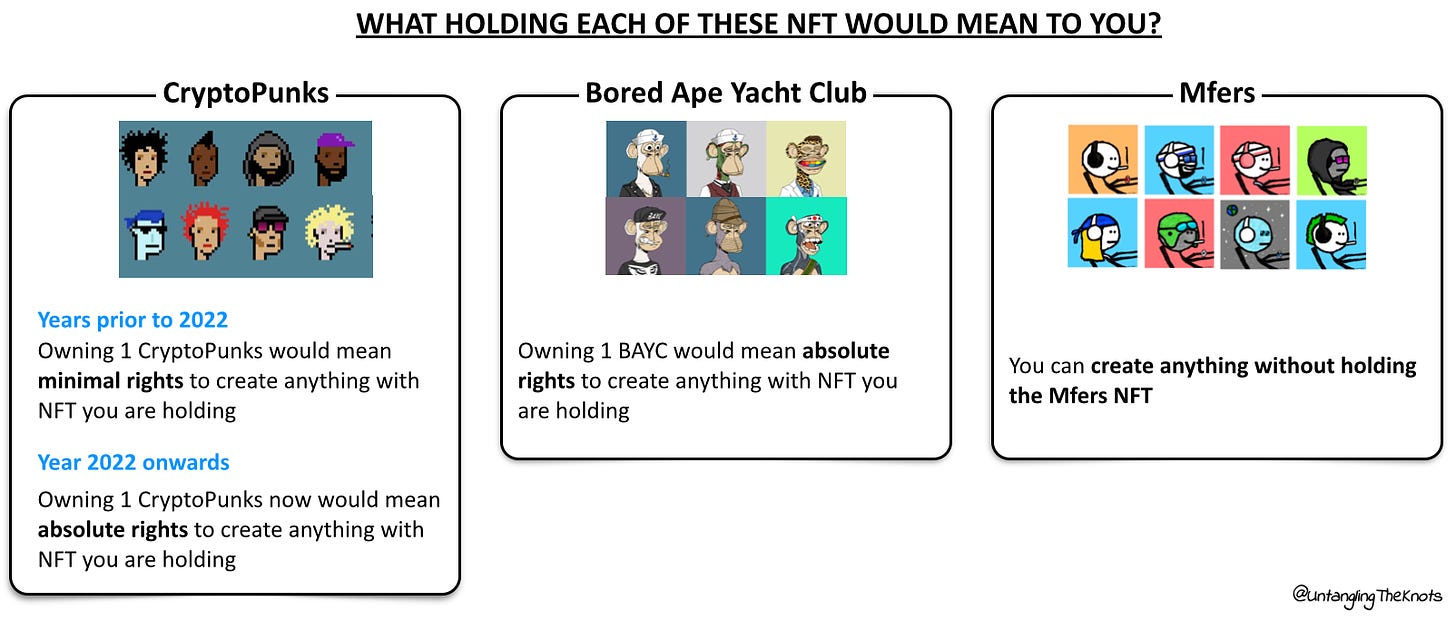
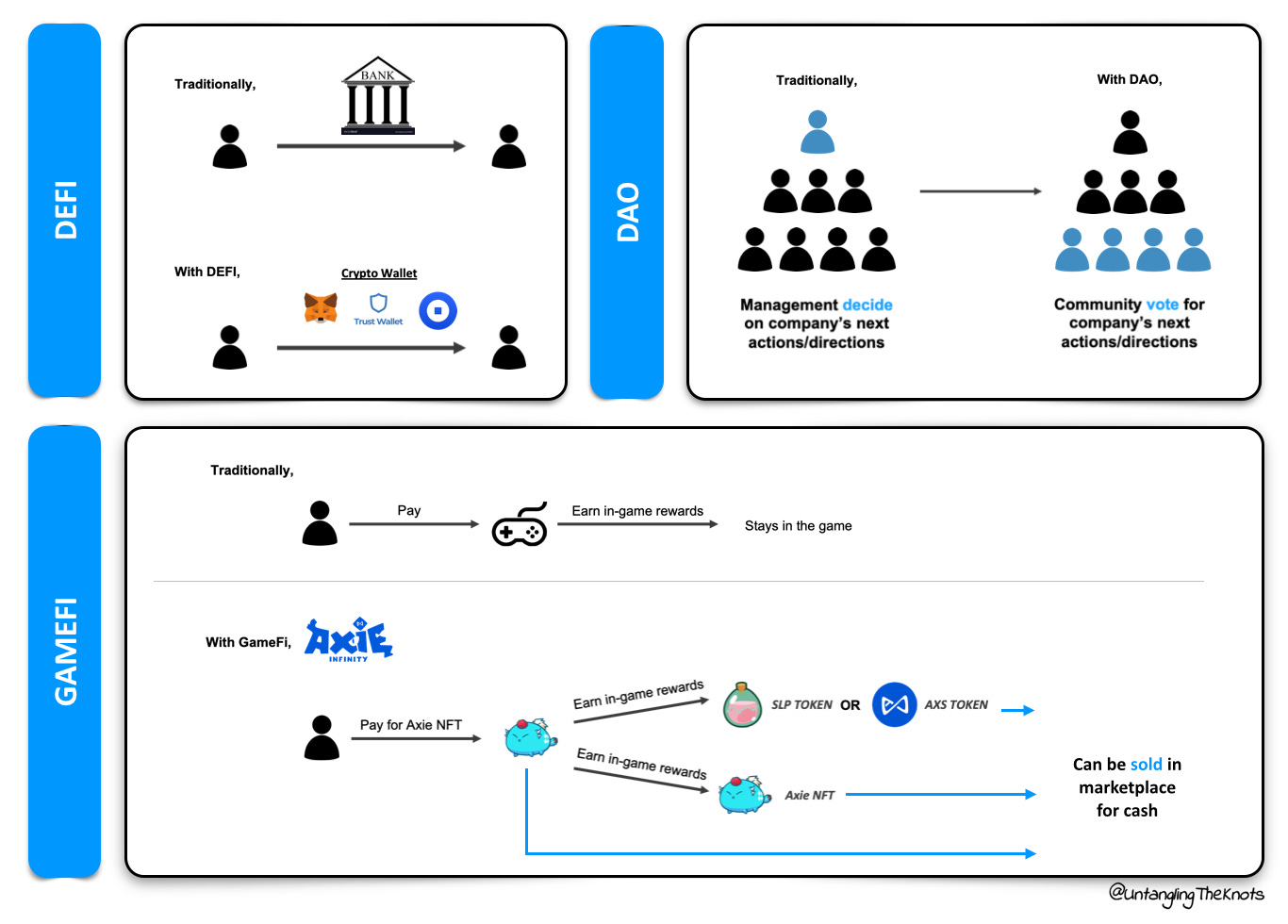

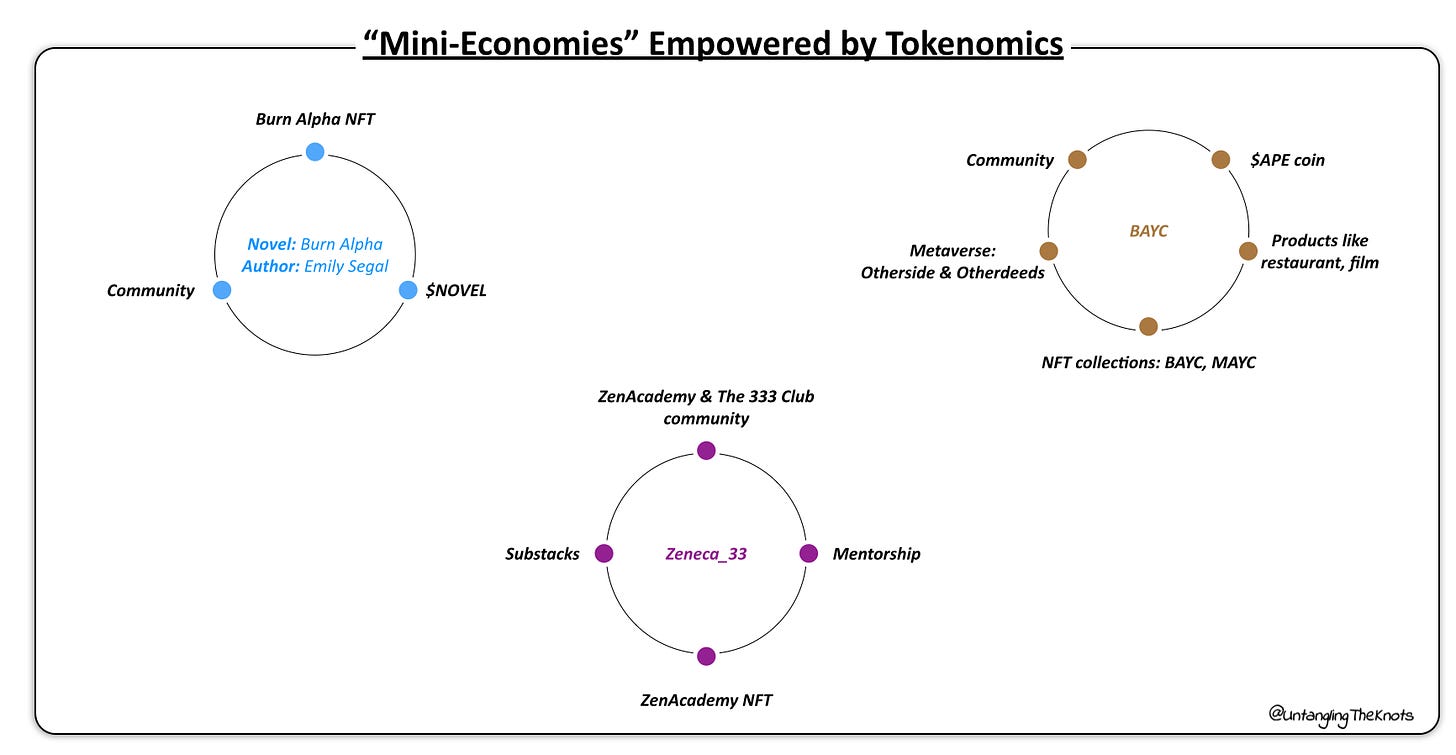
Excellent article. Are you working in the industry?